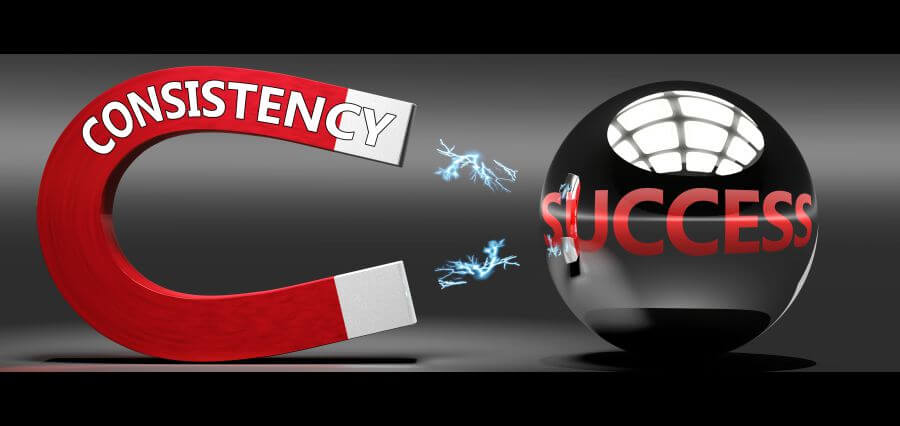B-plan Dynamics
Creators Architects (CA) is an exceptional architectural firm consisting of seasoned professionals having many awards written in their name. The team at CA leverages diverse specialties in their talents, including researchers, architects, landscape architects, planners, strategists, 3D designers, interior designers, and environmental engineers. The personnel at CA share a synergised mindset when it comes to creational architecture. The firm has successfully managed out-of-the-box projects in record time.
Spearheading this generational legacy is Mr. Utssav Gupta, a Partner, and CEO in Creators Architects. In this exclusive article, he shares some insights on how taking a business case into consideration is elemental for transformational architecture.
The business case is an essential driver for any project. It specifies the ecosystem within which the architectural design will be mapped. Hence, an in-depth understanding of the business case is imperative even before the first iteration. The business case defines important parameters that are required from the design concept stage to final construction, where the design becomes a concrete reality. The business case helps at all stages of the design workflow.
Here are some points which show how a business case creates design insights:
Scalability
Client centric architecture will also include room for growth in the business. The client’s business plan will indicate the projected growth in business revenue and operations in the upcoming years. There should be some spare capacity and room for expansion. This will help to accommodate the increase in business activities.
Movement
Corridors, walkways, and paths should facilitate the movement of tenants and occupants. There should be enough allocated space to allow free movement of employees and customers in both the present and the future. It should be kept in mind that, in the future, there will be increased movement with business growth.
Company Statement and Brand Image
The initial client impression is particularly important, and careful consideration must be given in this regard. The façade of the building and the ease with which the client can travel to their intended destination really matter. These factors will have a deep effect on their impression of the organization. The client-centric architecture will create a pleasant first impression and improved experience. Therefore, it becomes a company statement of sorts and part of its brand image.
For instance, the grand and imposing MetLife Building in New York impresses visitors with the towering ambitions of the insurance giant. With its fantastic amenities and profuse system of escalators and elevators, it provides the ideal customer journey and experience.
Experience
The business plan allows a project team to understand the journey and the experiences that the organization wants to offer its customers.
Revenues and Cost
This gives estimates for revenue streams and cost centers that will help the project team in designing architecture that will curbs costs and assist revenue promoting activities.
Future Challenges
It can give a good idea of future challenges that can be addressed with the help of well-planned infrastructure designed to help mitigate problems.
KPIs
A business plan helps in establishing key performance indicators that speed up project progress and allow it to yield the required deliverables.
Most importantly, understanding the business case generates an insight into “why” something needs to be done. This allows architects in relating it to other components for building upon the values. From defined tangibility to intangible expressions, it leads to be a coherent representative expression.
“As advocates of client-centric transformational architecture, we believe that business case must be taken into account during the design phase,” says Utssav. This is one of the pivotal factors that lead to architecture being fully aligned with the clients’ ecosystem.
It is important to understand the meaning of responsive architecture. Responsive architecture is meant to facilitate the context, function, and environment of the client’s business. The design process adapts according to the functions that the structure must serve.
Great client-centric architecture is possible only if the overall ecosystem is considered. In addition to the functions, the broad scope of client-centric architecture also includes vision, values, and business plan.
This is a bold approach and, therefore, requires an innovative procedure for design. The architectural process includes not just design development by architects but also selection by the clients. Selections must be made from various design iterations. From several designs, a few are shortlisted. From this list, only one is ultimately selected. Sometimes greater weight is given to what looks good rather than what adds value. This is certainly problematic. Designs that do not give due regard to the business plan may result in long-term losses limitations and sometimes end up becoming a liability for the business.
The Way Business Case Communicates Architecture
The business case or B-plan is commonly determined to be merely a revenue model. But in the context of architecture, the focus should not be limited only to the revenue model. Rather, the value model should also be emphasized. The holistic approach to architecture requires a deeper understanding. The breadth of the business and the valuable components mapped out in a business canvas must be clearly understood.
Taking the example of a hospital, two broad approaches can be employed. The first approach is patient-centric in nature. It puts full emphasis on personal care. The second approach is to facilitate mass day surgeries. Clearly, the two approaches have diverging requirements. Hence, the value system and functional requirements of both cases shall be vastly different. They will require different architectural designs.
Architects should consider the business case at the very beginning in the design process. This way, they can synthesize client centric design suited to the eco system. Besides function, attention is given to even the most minute details. For instance, how the customers are greeted as well as customer journey and experience. In other words, architecture must create the perfect experience for clients and their customers. Architecture portrays business values of the client and is therefore an integral part of design.
Workspace environments are rapidly evolving with the emergence of new business cultures. These are very specific to the style and workflow of the organization. The structure may be designed with the help of metrics that address the organization of office space, workspace layout, and space per person. If an organization has more internal meetings than internal meetings, the organization, and placement changes. This will be reflected in client centric architecture.
An Innovative Transformer
Utssav Gupta, Partner, and CEO at Creators Architects, is an Innovation Catalyst. He is also the Co-founder of the research think tank called Black Swan Labs. His core attention their lies in addressing distinct industry challenges and facilitating multiple solutions with an approach to transform conventional models through innovation. This approach has led to many breakthroughs due to his ideas and strategic implementations. Utssav has carved up new niches for entrepreneurs while enabling economic options and creating new opportunities for them to leverage.








